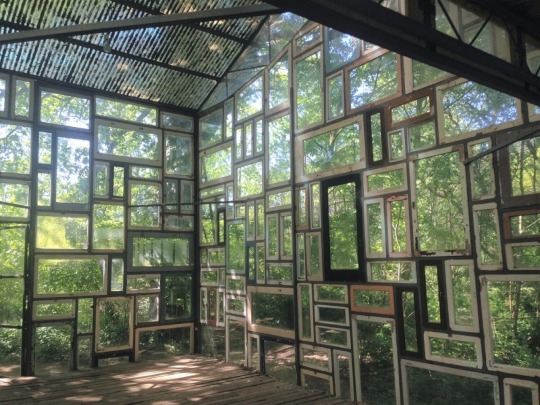#Vlaanderen
Explore tagged Tumblr posts
Text

Bruges | West Flanders | Belgium.
#bruges#brugge#belgium#belgian#flanders#vlaanderen#europe#travel#trip#visit#voyage#city#photo#photographer#photography#canon#50mm#history#culture#aesthetic#architecture#street#streetphoto#street photography#street photographer#place to visit#style#heritage#old city#city trip
902 notes
·
View notes
Text


Untitled (2024) • Jef Meyer
250 x 250 x 520 cm, concrete, Beaufort exposition in Middelkerke
#jef meyer#art#conceptual art#concrete#brutalism#beach#belgium#flanders#west flanders#belgie#vlaanderen#west vlaanderen#middelkerke#coast#kust#weirdcore#oddcore#liminal space#artisy2k1
818 notes
·
View notes
Text
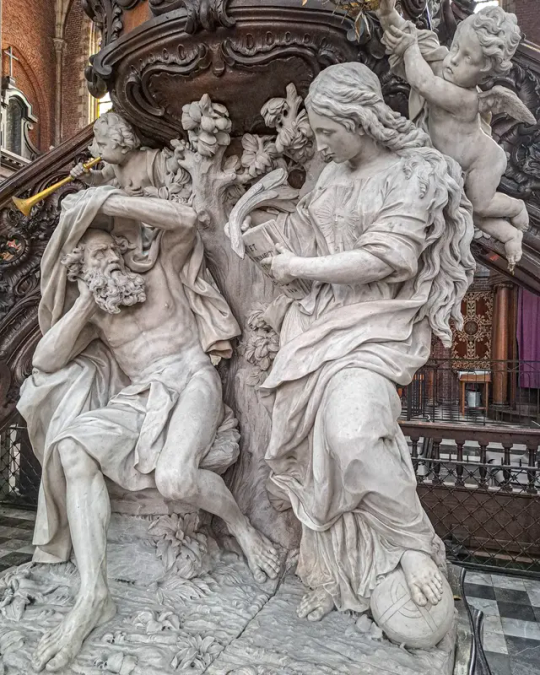
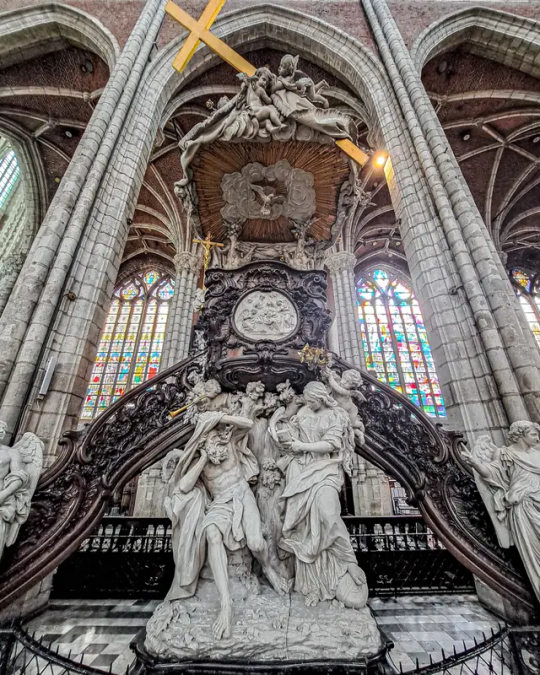
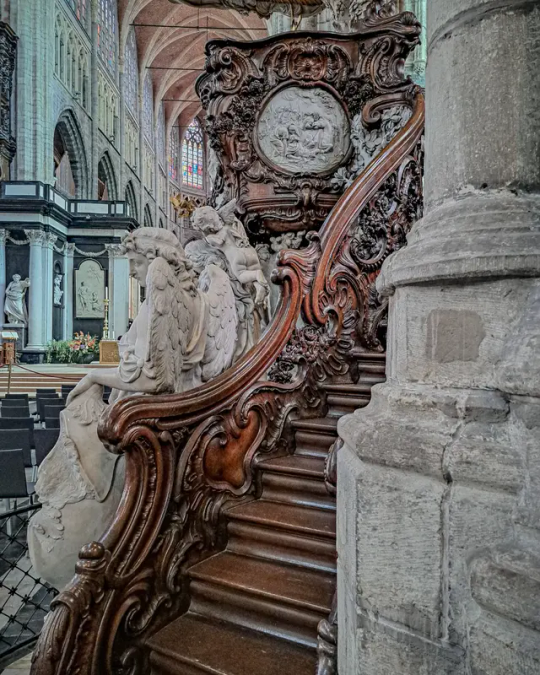
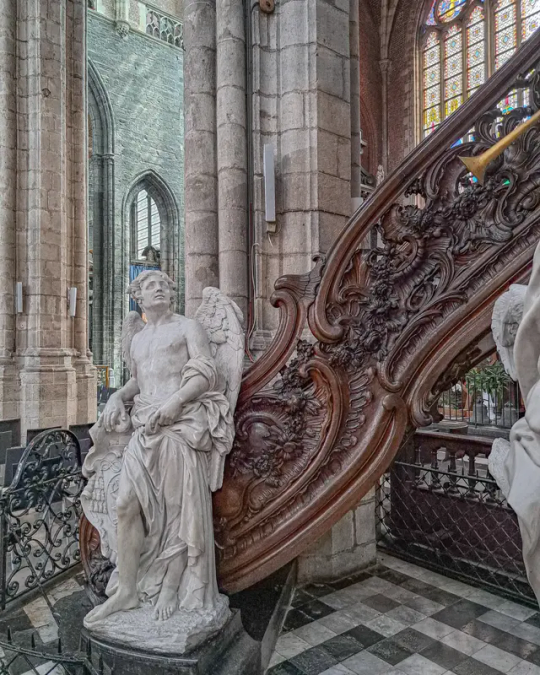






The pulpit at the Saint- Bavon's Cathedral (Sint-Baafskathedraal) in Ghent, Belgium.
Rococo pulpit made by Laurent Delvaux in 1741. The statues represent the blessing of the truth over error. Made of (white and black) Carrara marble and Danish oak, with gilded wood and wrought iron fence, made by J. Arens. The pulpit could be realized with money from Bishop Triest's fund. Laurent was commissioned by the Chapter of Sint-Baafs. The contract between both parties was signed on March 6, 1741.
As early as 1719-1720, the cathedral's clergy had a plan to replace the old pulpit, previously donated by Viglius Aytta, with a new work of art. In 1738-1739 and later, Van der Brugghen from Antwerp, Theodoor Verhaeghen from Mechelen and Laurent Delvaux from Nivelles made a design for a new pulpit. The latter's model was accepted for execution by the Ghent chapter, which concluded a written agreement with the sculptor on March 6, 1741. It precisely described which materials should be used, namely Danish oak and white Italian marble, and what the artwork should look like. In 1745 Delvaux had completed his work.
That pulpit, rightly regarded as a very representative piece of rococo church furniture in Flanders, has been elaborated on a rather large scale. The viewer's gaze is immediately drawn to the allegorical marble sculpture group under the tub, depicting Truth and Time. The Truth, in the form of a beautiful young woman in a graceful pose, holds a bulky, open book in her hands. Her beautifully arranged robe, which the artist managed to portray in a striking way, captures the movement of her long flowing hair. The globe under her right foot means that truth is higher and worthier than all other goods. The sun, shining on her breast, wants to show that Truth is a friend of light and that she looks up to God, without whose light there is no truth. The woman is crowned with a laurel wreath, the sign of victory. The book in her hands contains the following sentence from a speech by Paul to the inhabitants of Ephesus: 'Awake, you sleeper; rise from the dead, and Christ will give you light” (V, 14).
With her graceful body, slightly turned towards him, Truth turns towards a winged man, who foretells Time. He is winged because the proverb says: time flies. The old man sits on some blocks of stone and leans against a tree that supports the pulpit. He is awakened from his sleep by a putto blowing a trumpet, and lifts the veil that hid the Truth from him. People noticed his expressive head with striking play of light and shadow in the spirit of the late Baroque. For centuries, humanity was ignorant of Christ's message of salvation. She didn't see the Truth. Now Time throws off the veil that hindered his 'insight'. Instructed by the Truth, he is inspired by the divine Word, which is symbolized by the putto with the trumpet.
The entire group, inspired by an unfinished work by the Italian sculptor Bernini, is very balanced. The successful contrast between the youthful and lovely woman and the muscular old man, their posture and their draping testify to the artist's talent.
The branches of the tree swing smoothly around the pulpit, which is decorated with numerous rococo motifs and four medallions in relief. Three of these are explicative representations of the victory of Truth over Time and are therefore closely related to the group of images at the bottom. At the front we get the birth of Christ surrounded by angels and cherubim. This represents the Light among people. On the right the conversion of Paul is depicted, who was struck blind on the way to Damascus.
On the left is the conversion of St. Bavo. His eyes opened and he saw. After all, he was moved by the preaching of Saint Amandus and withdrew into a hollow tree in prayer. The last medallion on the back features the bust of Bishop Antoon Triest. The draped sounding board with a dove in a halo at the bottom is supported by two apple trees. On the sounding board, two angels hold a large cross, whose sleek surfaces contrast sharply with the playful branches of the tree. A third angel takes the apple from the mouth of a serpent that is writhing in the tree. At the entrance to each staircase there is a life-size angel on the inside with the coat of arms of Bishop Triest, thanks to whose fund it was possible to have this sculpture executed. The banister with its graceful curves and its lush and playful shells on the parapet is a beautiful piece of rococo in itself. The entire pulpit should not necessarily be viewed from any one point. It is conceived as an image that can be admired from all sides, without the composition losing value. (Source: Erik Duverger)
#gent#ghent#ghent belgium#flanders#vlaanderen#belgium#church#art history#sculpture#pulpit#artwork#sculptor#rococco#rococo#religion#catholic#cathedral
161 notes
·
View notes
Text
Feest van K3 is zo'n wild lied
Eerst hebben we deze... Um... Iet wat bijzondere tekst

En dan opeens

Soldaten, jullie worden gemanipuleerd door jullie overheden, radicaal pacifisme is de enige optie.
41 notes
·
View notes
Text




Gent, Belgium - 2022
#gravensteen#belgium#photography#travel#amazing#beautiful#architecture#castle#history#gent#ghent#vlaanderen#flanders
24 notes
·
View notes
Note
Ben je Vlaming of Nederlander en vind je dat Nederland en Vlaanderen weer 1 land moeten vormen? NL + nee / NL + ja / NL + ja en doe Wallonië er ook maar gewoon bij / NL + ik ben geen voorstander maar zou er ook niets op tegen hebben / V + nee / V + ja / V + ja en doe Wallonië er ook maar gewoon bij / V + ik ben geen voorstander maar zou er ook niets op tegen hebben / ik ben geen Nederlander of Vlaming of heb net beide nationaliteiten
27 notes
·
View notes
Text
verkiezingen 2024 peiling
ik weet dat het 3 verkiezingen zijn en je niet per se op 1 partij stemt, maar 3 polls zou overkill zijn denk ik lol. laat gerust weten in de tags/replies of jullie op verschillende partijen stemmen naargelang federaal/regionaal/europees, en waarom 🥺
#belgium#belgië#vlaanderen#verkiezingen#er zijn maar 5 mensen die mij volgen dus ik verwacht niet veel antwoord maar ik heb verkiezingsstress lol#ben nog aan het twijfelen feitelijk...#sowieso groen voor europa maar lokaal....#principieel vs strategisch stemmen.. en dan nog is het koffiedik kijken wat betreft strategie#idkkkkk
22 notes
·
View notes
Text

🇧🇪 The sea-side esplanade in Ostend (Oostende), on the North Sea coast in Flanders, Belgium - a vintage photochrom print from the 1890s. Digitally enhanced to compensate for fading.
Sadly, this place doesn't look like that anymore.
#Ostend#Oostende#Ostende#Flanders#Vlaanderen#Belgium#België#Belgique#Fascinating Europe#Europa#Europe#Architectural Revival#heritage#European Heritage#cityscape#architecture#city#town#photography#photo#foto#fotografie#photos#old photo#photochrom#1890s#19th century
10 notes
·
View notes
Text
Thread about Joanna of Castile: Part : 10 “A Storm of Jealousy: Juana and Philip's Turbulent Reunion"

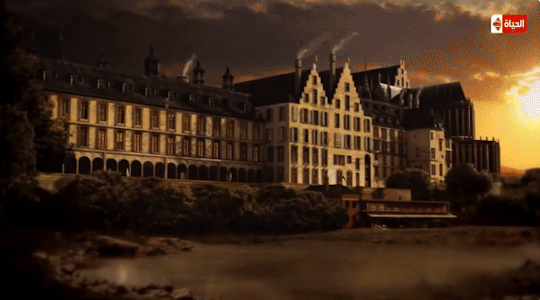
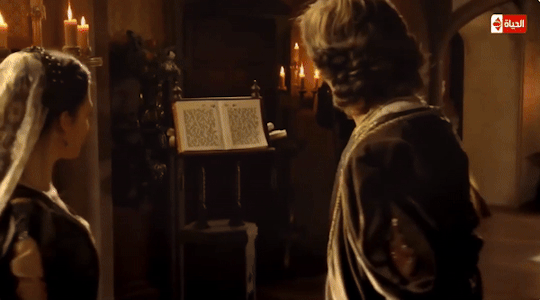
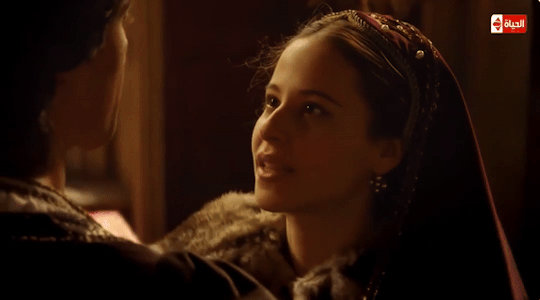
By May 1504, Juana was in Burgundy. Juana’s reunion with Philip and the children was joyful.
But soon afterwards she suspected, or discovered, an affair between Philip and a noblewoman in her entourage:
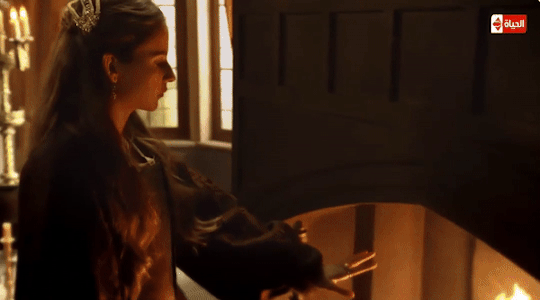



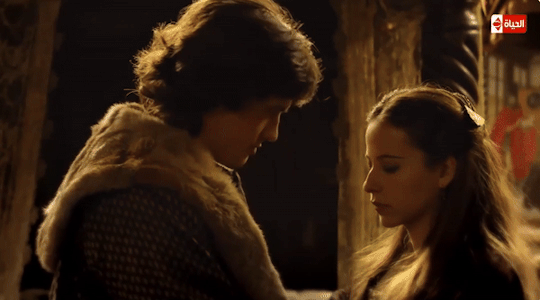

“They say,” writes Martire, “that, her heart full of rage, her face vomiting fames, her teeth clenched, she rained blows on one of her ladies, whom she suspected of being the lover, and ordered that they cut her blond hair, so pleasing to Philip …”


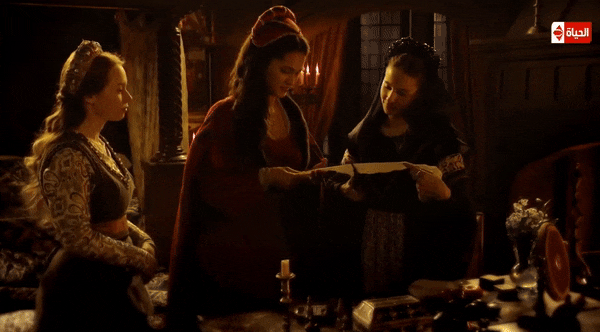
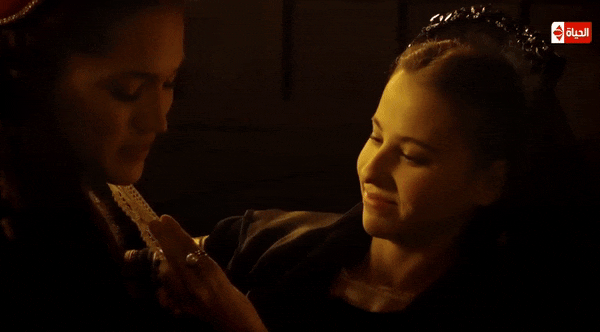
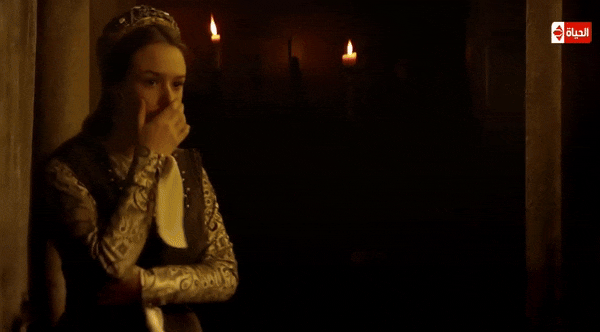

Philip’s response was equally furious. He had “thrown himself” on his wife and publicly insulted her.
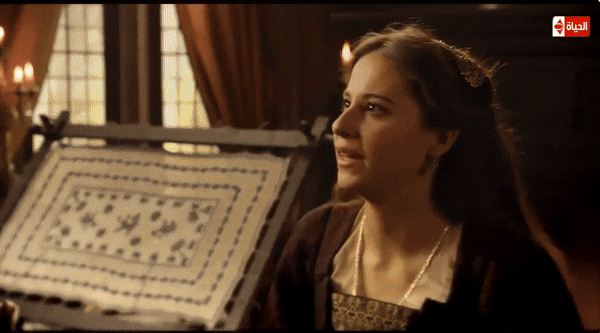


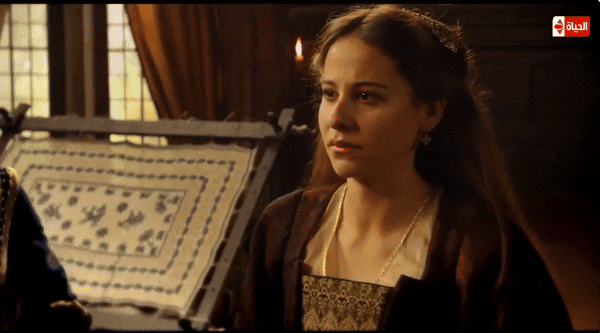
Sensitive and obstinate, “Juana is heartbroken … and unwell …”. Isabel “suffers much, astonished by the northerner’s violence.
Maximilian’s biographer, Wiesfecker, describes Juana’s response as:
"The symptom of a pathological, passionate, if not unfounded, Haßliebe, fomenting continual strife. "
Juana would have known for years about Philip's visits to the baigneries and his more casual relationships with women. However, this affair seemed to pose a direct challenge to her standing and dignity. Juana knew her faults and had tried to limit them. In 1500, after becoming princess, she had asked Isabel to send her an honest and prudent Spanish lady who:
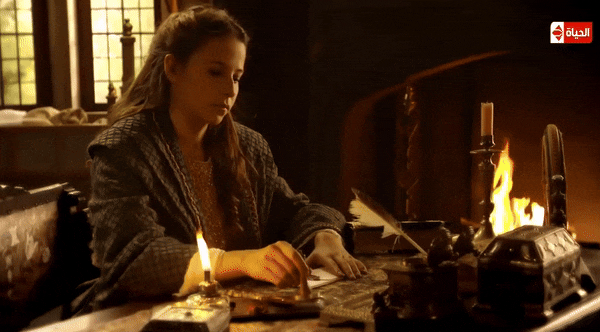



“Knows how to advise her, and where she sees something out of order (‘deshordenado’) in her conduct could say so as servant and adviser but not as an equal because, even if the advice were good, if expressed in a disrespectful way it would create more anger in she to whom it was said than it would allow for correction.”
Sources: Fleming, G. B. (2018). Juana I: Legitimacy and Conflict in Sixteenth-Century Castile (1st ed. 2018 edition). Palgrave Macmillan.
Fox, J. (2012). Sister Queens: The Noble, Tragic Lives of Katherine of Aragon and Juana, Queen of Castile. Ballantine Books.
Gómez, M. A., Juan-Navarro, S., & Zatlin, P. (2008). Juana of Castile: History and Myth of the Mad Queen. Associated University Presse.
#joanna of castile#juana i of castile#juana la loca#philip the handsome#isabel#european history#spanish monarchy#spanish princess#infanta#irene escolar#raul merida#flanders#vlaanderen#Huis Habsburg#House of Valois-Burgundy#Filips I van Castilië#Philippe le Beau
24 notes
·
View notes
Text

VLAANDEREN MENTIONED
THANK YOU TO @anoukdecracklover FOR THE MUSIC RECOMMANDATIONS I LOVE IT SM WOOHOO
3 notes
·
View notes
Text



Gare de Halle
Hal Railway Station
Flanders
Vlaanderen
7 notes
·
View notes
Text

Bruges | West Flanders | Belgium.
#bruges#brugge#belgium#belgian#flanders#vlaanderen#europe#travel#trip#visit#voyage#city#photo#photographer#photography#canon#50mm#history#culture#aesthetic#architecture#street#streetphoto#street photography#street photographer#place to visit#style#heritage#old city#city trip
579 notes
·
View notes
Text






Braemblokken appartments, architect Renaat Braems, 1949-1956, renovated (simplified) in the 1980s. Was supposed to have more artworks, more open air hallways and luxurious top floor appartments but the budget was continually decreased. Kiel, Antwerpen, Belgium.
#artisy2k1#modernism#modernist architecture#social housing#Belgium#België#Flanders#Vlaanderen#Antwerpen#Antwerp#renaat braems#1940s#1950s#city#city photography#braemblokken
3 notes
·
View notes
Text



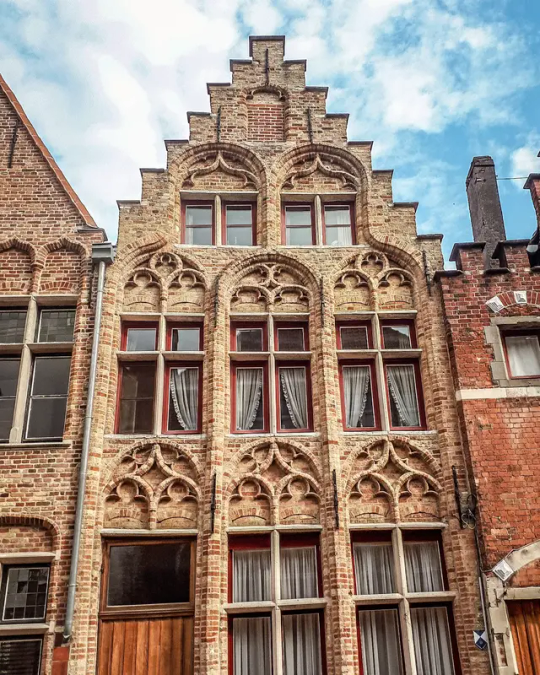




In the streets of Bruges in Flanders, Belgium.
Around 1000 AD the biggest city of Northern Europe. In the 15th century the main trading hub and cultural capital of Northern Europe; in this century Bruges was the capital of the Burgundian Empire, diamond cutting was invented here, but also the first Stock Exchange was here; on a square named Ter Beurse (leading to foreign words Bourse, Borsa, Bolsa for stock exchange.) And also in this city was organised at that time, for the first time a "loterije" , a public lottery.... a city full of history, so wel preserved the entire medieval city is a Unesco World Heritage- site.
#brugge#brujas#bruges#belgie#europe#architecture#historic buildings#historical#architectural history#belgium#history#flanders#old house#houses#old building#city streets#citytrip#city travel#cityscape#city photography#medieval#renaissance#explore#discover#histoire#geschichte#flandres#flandes#flandern#vlaanderen
30 notes
·
View notes
Text

Brussels
6 notes
·
View notes
